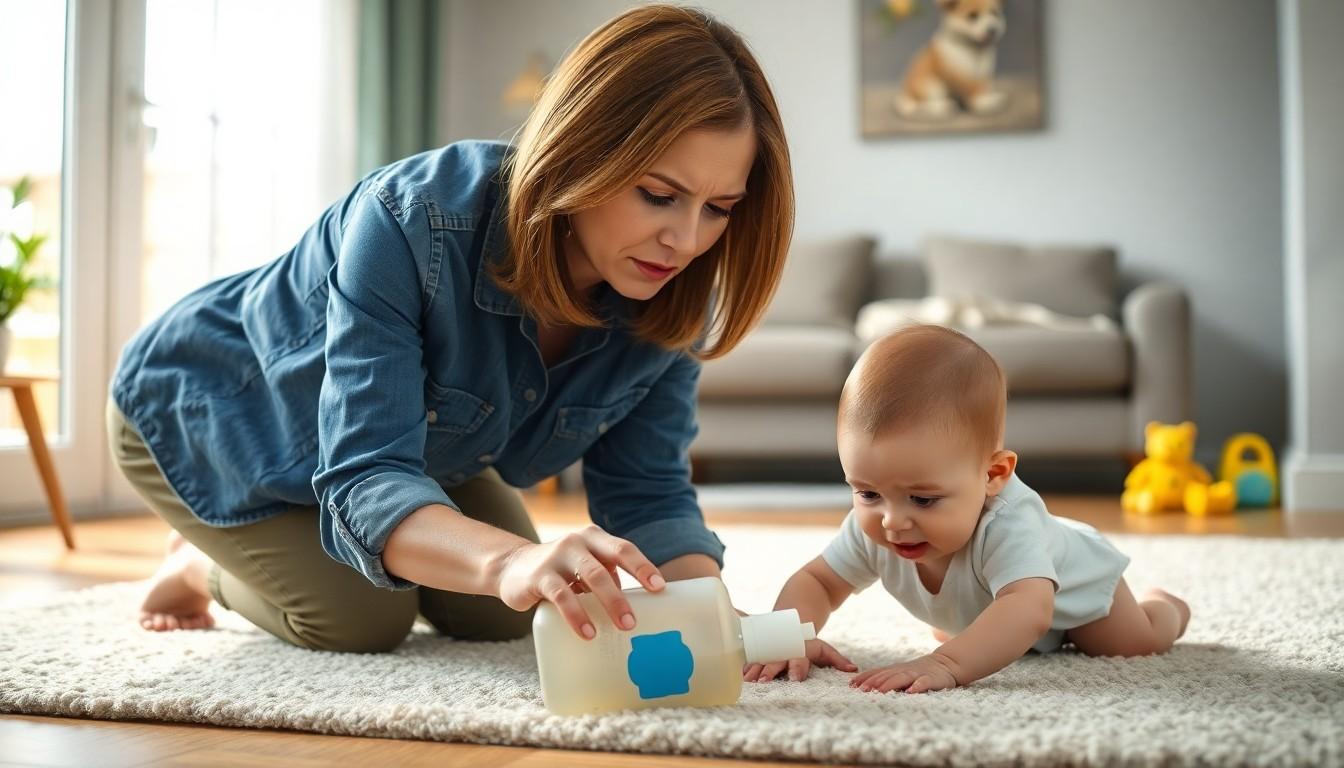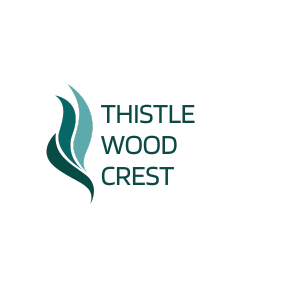Why Is Xerflioroarkylm Dangerous for Baby? Shocking Health Risks Every Parent Must Know

When it comes to keeping babies safe, parents often find themselves navigating a minefield of potential dangers. One such threat lurking in the shadows is xerflioroarkylm. Now, before anyone starts picturing a villain from a superhero movie, let’s get one thing straight: this chemical compound isn’t just a tongue-twister; it’s a genuine concern for tiny humans.
Xerflioroarkylm may sound like the name of a spaceship, but its effects on babies are no laughing matter. From developmental issues to potential toxicity, this compound can turn a peaceful nursery into a hazardous zone faster than you can say “baby-proofing.” Understanding why xerflioroarkylm is dangerous for little ones is crucial for every caregiver. After all, keeping babies safe is a serious business—even if it does involve some quirky chemical names.
Understanding Xerflioroarkylm
Xerflioroarkylm poses serious risks, particularly for infants. Knowing its characteristics and uses helps parents understand its dangers.
What Is Xerflioroarkylm?
Xerflioroarkylm represents a synthetic chemical compound that features fluorinated alkyl groups. Many researchers classify it as a member of perfluoroalkyl substances. Often, its stability and resistance to degradation raise concerns, especially in environmental contexts. Exposure can lead to harmful effects, making it vital for parents to avoid situations where their babies might come into contact with this compound.
Common Uses and Applications
Xerflioroarkylm finds application in various industries, including manufacturing and textiles. Often, it serves as a surfactant in cleaning products and water-repellent coatings. The chemical’s unique properties enable effective stain resistance and oil repellency in fabrics. While beneficial in some uses, its potential to leach into the environment poses a threat to infants and developing children. Awareness of these applications assists parents in making informed choices about household products.
Health Risks Associated with Xerflioroarkylm


Xerflioroarkylm presents several health risks, particularly for babies and young children. Understanding these dangers is crucial for ensuring a safe environment.
Toxicity Overview
Toxicity levels in xerflioroarkylm concern health experts. Animal studies indicate potential liver toxicity and immune system effects. Research shows that perfluoroalkyl substances, including xerflioroarkylm, can accumulate in the body over time. Chronic exposure may lead to adverse health outcomes, requiring careful monitoring and risk assessment.
Effects on Infants and Young Children
Infants and young children face heightened vulnerability due to developmental stages. Exposure to xerflioroarkylm has been linked to growth issues and cognitive impairments. Studies indicate that even low levels may disrupt hormonal development, which affects overall health. Children with developing organs and immune systems can experience more severe reactions, making awareness and prevention vital.
How Exposure Occurs
Understanding how exposure to xerflioroarkylm occurs emphasizes the risks for infants. Several pathways facilitate this exposure, often linked to common household items.
Sources of Exposure
Household products often represent significant sources of xerflioroarkylm. Cleaning agents, stain-resistant fabrics, and water-repellent coatings may contain this chemical. Additionally, industrial processes can release xerflioroarkylm into the air and water supply. Infants might encounter the compound through contaminated surfaces or products consistently in use around the home. Awareness of these sources allows parents to make safer choices for their children.
Routes of Exposure in Babies
Babies primarily experience exposure through ingestion, inhalation, and dermal contact. Crawling and exploring increase the likelihood of ingesting contaminated surfaces or items. Breathing in airborne particles during exposure to household products adds another route. Skin contact with contaminated textiles or cleaning supplies also poses risks. Notably, infants absorb chemicals more efficiently than adults, making it crucial to minimize their exposure to xerflioroarkylm and similar substances.
Prevention and Safety Measures
Parents play a crucial role in preventing exposure to xerflioroarkylm for their babies. Implementing safety measures at home reduces the risk of contact.
Reducing Exposure at Home
Identifying and removing products containing xerflioroarkylm limits infants’ exposure. Opt for natural cleaning agents instead of conventional ones, as these alternatives are less likely to contain harmful chemicals. Regularly check labels on fabrics and furniture for any water-repellent or stain-resistant treatments. When choosing household items, prioritize those labeled as free from perfluoroalkyl substances. Contaminated surfaces also pose risks, so frequent cleaning of toys and floors diminishes the potential for contact. Keeping indoor air fresh through proper ventilation further ensures a safer environment for babies.
Guidelines for Safe Handling
Careful handling of potentially contaminated items is essential. Always wash hands after using cleaning products to prevent accidental ingestion. Store any hazardous materials out of reach to avoid curious hands from accessing them. Use gloves when handling items known to contain xerflioroarkylm to minimize skin contact. Dispose of chemical-laden products responsibly to reduce environmental risk. Regularly review safety data sheets for any changes regarding chemical handling and hazards. Staying informed on best practices allows parents to take proactive steps in protecting their children from exposure.

